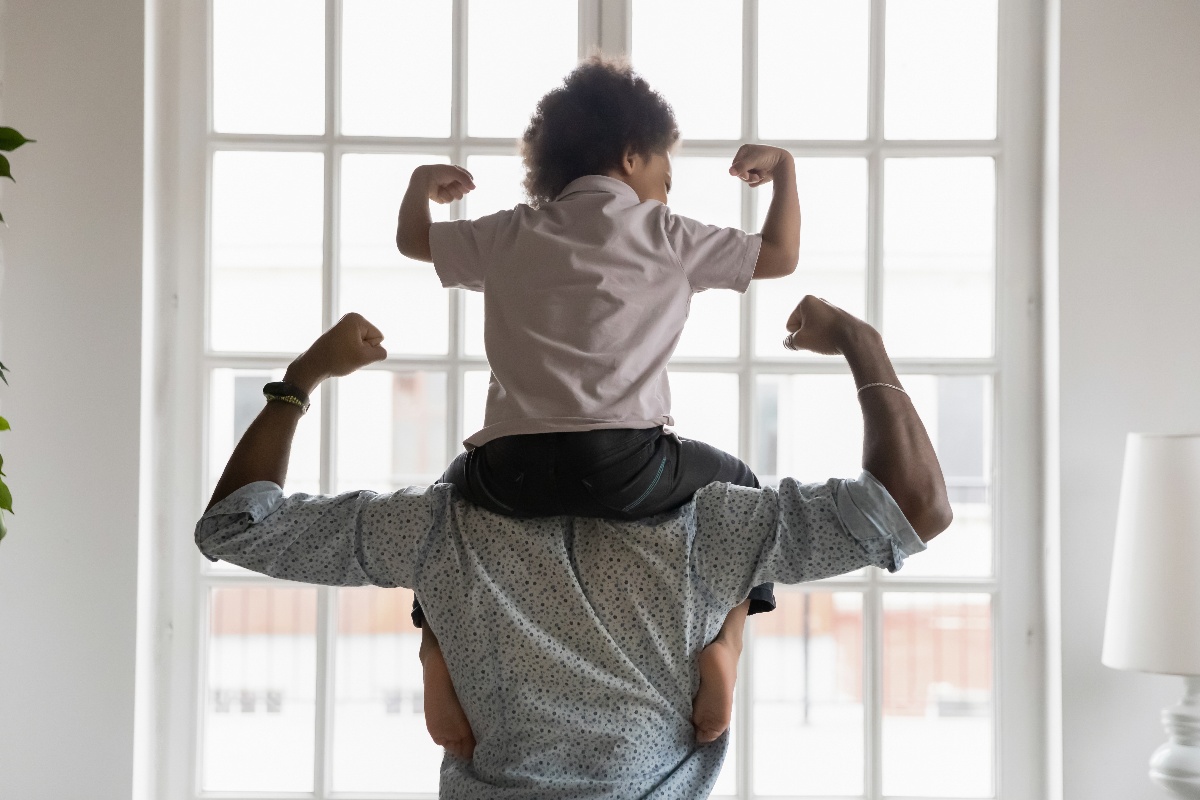Back pain is a problem for many people, including those with osteoarthritis (OA) and other chronic conditions. In fact, experts estimate that as many as 80% of the population experiences some type of back pain during their lives.
Pain may be occasional or constant and can occur in your upper, middle, and lower back. Fortunately, there are simple lifestyle changes you can make to reduce back pain and feel better. These 7 tips can help you protect your back and improve back pain:
1. Use Good Body Mechanics
Constantly looking down at your phone or tablet computer puts a strain on your neck and can cause back pain, too. New research from the Harvard School of Public Health, Brigham and Women's Hospital, and Microsoft suggested that holding a device too low in your lap can place the small bones at the top of the spine (the cervical vertebrae) and the neck muscles in an unnatural posture.
If you work on a computer for your job, take frequent stretch breaks and be aware of your posture when holding mobile devices. When it’s time for sleep, avoid putting more strain on your neck and back: Don’t take any devices with you to bed. You’ll sleep better and reduce neck and back pain, too.
2. Stay Active for a Strong Back
Rest can help your back feel better, at least initially. However, staying inactive may not help relieve your back pain. Experts suggest that regular physical activity can help ease inflammation and muscle tension. What’s more, your core muscles (the lower back and abdominal muscles), need to be strong to support your spine and take pressure off of your lower back. Strengthening your core can help minimize back injuries, so consider doing regular core exercises once your back pain has subsided. As always, check with your doctor before starting any exercise program.
3. Be Mindful of Posture
If you use a laptop or desktop computer, always choose a chair with good lumbar support, or place a pillow against the small of your back. The top of your monitor should be positioned just below eye level, as recommended by researchers of ergonomics at the Harvard T.H. Chan School of Public Health.
When seated, sit up straight with your head level, not bent forward. Keep your shoulders relaxed and your elbows close to your body. Your hands, wrists, forearms, and thighs should be kept parallel to the floor.
4. Get Enough Sleep
Even your spine needs to rest, so don’t neglect good sleeping habits. Back pain doesn’t have to interfere with getting a good night’s rest if you sleep in a comfortable position. Some sleeping positions can help ease your back pain, so find one that is most comfortable for you. Many people find sleeping with a pillow between or underneath the legs can provide extra support for the back. On the other hand, if you prefer sleeping on your back, place a pillow under your knees or a rolled towel placed under the small of your back. This can make you more comfortable and take pressure off your back.
If you’re still having trouble sleeping, some people find that using an ice pack before bed can helps reduce back pain. Apply the ice pack on your back for 15 minutes before sleep if you can tolerate it. Always use a towel or other barrier to protect your skin.
5. Wear Supportive Shoes
The shoes you wear provide a supportive foundation for your entire body, so don’t neglect footwear. Women should avoid wearing high heels. High heel shoes can shift your center of gravity and strain your lower back. Choose with a one-inch heel. When possible, bring along a second pair off low-heeled shoes and if your current shoes hurt your feet.
Men should choose a supportive shoe that is not too stiff or rigid. You can buy comfortable walking shoes at specialty stores where the staff can watch you walk, study your gait and foot structure, and make recommendations based on your lifestyle and needs.
6. Lift Heavy Items Carefully
Resist the urge to simply bend over from the waist to lift heavy objects. Instead, bend your knees and squat, contract your stomach muscles, and be sure the object is close to your body as you stand. Never twist your body while lifting anything. Remember that pushing heavy objects is always easier on your back compared to pulling them.
7. Don’t Ignore Back Pain
Back pain doesn’t have to put a damper on your summer fun and active lifestyle. Flexogenix® offers nonsurgical treatment options so you can be pain-free and return to the activities you enjoy. Call us today at 1-888-YES-FLEX to schedule a free consultation and learn more about nonsurgical treatment options that can help you feel better.






